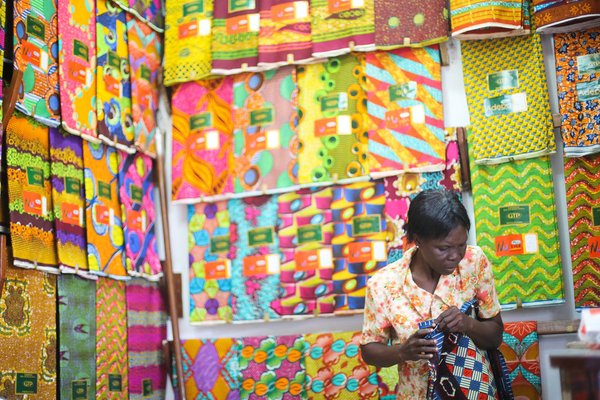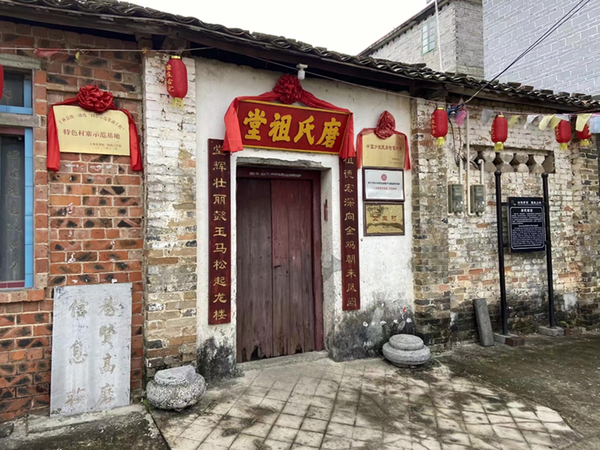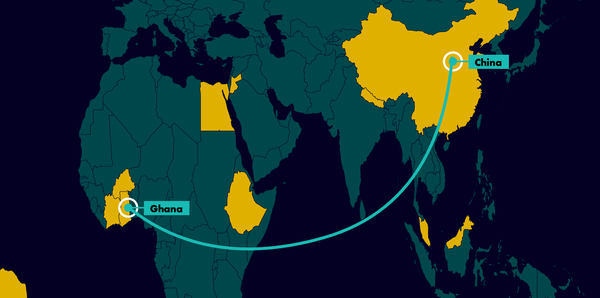
Women near Hefei, in the Chinese province of Anhui, fertilize aerobic rice, a water-saving crop undergoing on-farm trials. Photo via IRRI Photo. CC BY-NC-SA 2.0
This journal article was originally published in the Journal of Chinese Women's Studies. The journal is authored by Associate Professor Wang Chunyu, a research assistant on MIDEQ's China team. The original publication of the article can be found here. Please note that the text of the article is in Mandarin.
A large number of agricultural workers, particularly females have been coming from Vietnam and Myanmar to southern China to work in sugarcane plantations since the 2000s. Based on field work in Guangxi and Yunnan, this study finds that the number of southeast Asian female agricultural workers is higher than that of males’ and also higher before the Spring Festival (and the Water-Sprinkling Festival than after the festivals. Due to inefficiency in mechanized harvesting and densely planted fields, sugarcane producers prefer hiring female workers. However, the different division of labour allows men to obtain a higher share of the dividends of income growth in migration. The overall agrarian reform in relation to sugarcane industry in China is largely “low-wage labour dependent”. Moreover, due to geographical and temporal segregation and distinction between production and labour reproduction, a large proportion of female migrant workers are unable to come to China after the Spring Festival or Water-Sprinkling Festival. The structural demand for cheap labour in the sugarcane industry cannot be fully met. The above findings have indicated that agrarian reforms in China and the design of rural vitalization strategy are best to be conducted in the context of global migration and from a gender perspective.



